The 20 Most Influential Picture Books of All Time
Picture books are more than just books that include images. They are books that use illustrations and words together to tell a story. And over the last 150 years, picture books have changed a lot. Influential picture books helped popularize and shift the category to wider audiences and new directions. In the early years of the genre, influential picture books pushed boundaries on format and accessibility. Beatrix Potter experimented with the size of picture books so that children could hold the object themselves. Little Golden Books were significantly cheaper than picture books had been before. This made them affordable to a much wider audience. Margaret Wise Brown used her experience at Bank Street College of Education to write about familiar childhood routines and mimic childlike speech.
Later, influential picture books helped give the genre more respect and complexity. Maurice Sendak made many other illustrators see picture books as a more legitimate art form. This brought lots of new talent into picture book publishing. Dr. Seuss used language in fun and innovative ways, departing from rote repetition used to teach kids to read. And writers and illustrators like Ed Young, John Steptoe, Julius Lester, and Jerry Pinkney devoted their careers to creating more diverse picture books.
Picture books carry a nostalgia that keeps the classics around a long time. I grew up reading picture books that my parents and even grandparents had loved as children. Their love of these books made them want me to experience them. And I did love Peter Rabbit and the Poky Little Puppy when I was a kid. But it’s also important to understand the contributions that more recent picture book creators have made. And important to support contemporary picture books, so children continue to get thought-provoking, imagination-inducing, entertaining, and informative books to read. This list of 20 influential picture books tries to capture some of the big moves and moments within the genre. I’ve missed some true greats and included one or two you might not have heard of. But I hope you learn something from this list. And think about where the picture book might go from here.
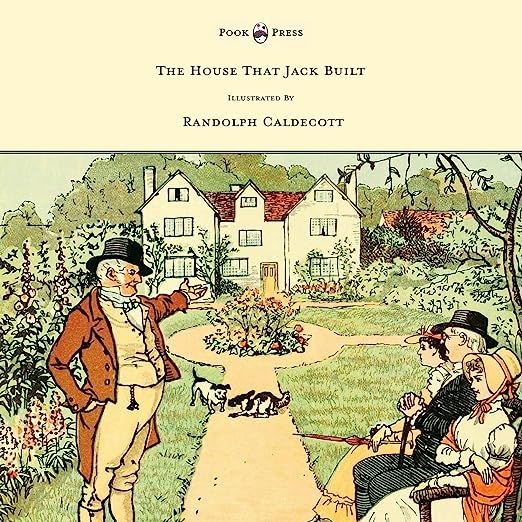
The House That Jack Built by Randolph Caldecott (1878)
In 1877, British printer and engraver Edmund Evans approached illustrator Randolph Caldecott to create two toy books for the Christmas holiday. Caldecott took the popular nursery rhyme The House That Jack Built and illustrated it. While books for children had been illustrated before, this is considered one of the first examples of a shorter 36 page book where the pictures were the focus. The book was such a success that Caldecott would illustrate two books a year, coming out every Christmas, for the rest of his life. He became such an influential and prolific picture book illustrator that in 1937, the American Library Association created the Caldecott Medal to honor each year’s “most distinguished American picture book for children.”
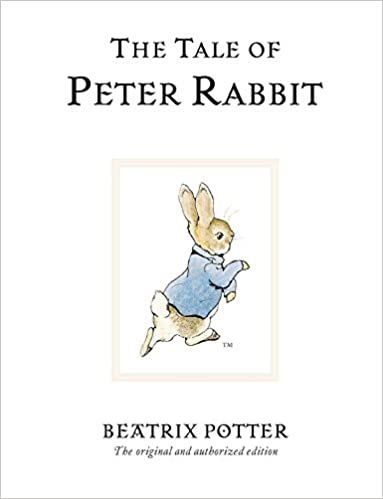
The Tale of Peter Rabbit by Beatrix Potter (1902)
Potter printed the illustrated story about a rebellious rabbit sneaking into a farmer’s garden after many publishers rejected it. Eventually it was published and grew in popularity. The book’s small size made it child friendly. And the character was one that children could relate to. Peter Rabbit is also one of the first characters to be mechanized, starting with a stuffed animal Potter patented in 1903. Potter would eventually write 23 animal stories in the world of the book.
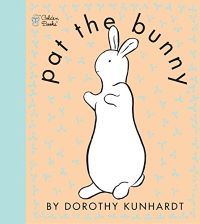
Pat the Bunny by Dorothy Kunhardt (1940)
This is an interactive picture book for babies that instructs the reader to engage in a series of tactile activities like petting the bunny’s fur or feeling the daddy’s scratchy sandpaper beard. Kunhardt wrote the book initially for her 3-year-old daughter Edith. When Edith grew up, she wrote a number of sequels for her mother’s book. Pat the Bunny is considered to be the first interactive book for babies and children.
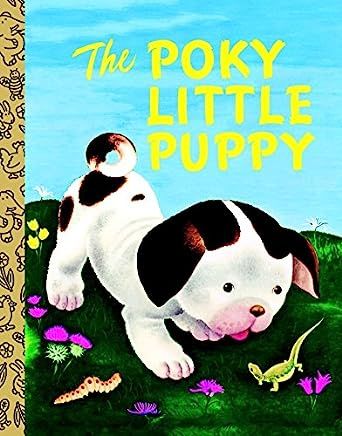
The Poky Little Puppy by Janette Sebring Lowrey, Illustrated by Gustaf Tenggren. (1942)
This book is one of the first Little Golden Books and, according to Publisher’s Weekly, is the best-selling picture book of all time. While picture books had been around $1.50, these books were 25 cents, making them much more accessible to children from middle class and poor families. It follows a simple repeating story about how a puppy is slower and more distracted than his siblings. Sometimes, he is rewarded for this. But other times, it gets him into trouble. In the final scene, he misses out on a favorite dessert because he gets home late and his brothers and sisters have eaten all of the strawberry shortcake.
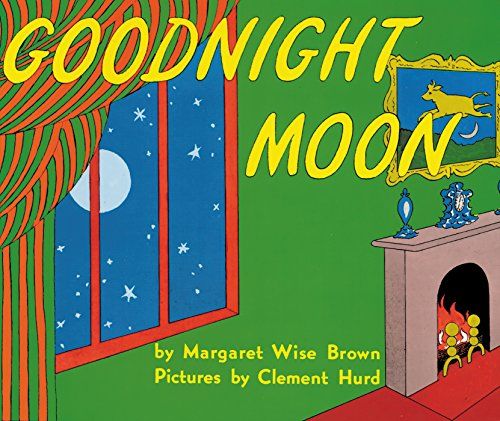
Goodnight Moon by Margaret Wise Brown, illustrated by Clement Hurd (1947)
This rhyming picture book featuring a bunny’s bedtime ritual of saying goodnight to different objects in the bedroom is iconic. The most popular books for children at this time were fantasy and fairy tale stories. But Brown, who was a teacher, believed kids would be more interested by stories that described their everyday life. The book also mimics the way young children like to speak, both in rhythm and repetition. It might seem random or mundane to adult readers, but children have loved this book ever since. It doesn’t hurt that the cadence of the story helps kids fall asleep!
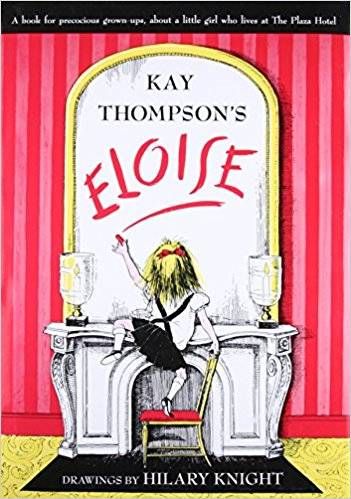
Eloise by Kay Thompson, illustrated by Hillary Knight (1955)
Eloise is a little girl who lives on the top floor of the Plaza Hotel in New York City. Instead of parents, we mostly see her with her nanny, her pug dog, and her pet turtle. This book marks a big departure from children’s books needing to be instructive and model good behavior. Eloise is a spoiled, messy, naughty child who is never reformed within the story. Instead, these personality traits make her lovable to readers and propel her into fantastic adventures within her fancy hotel home.
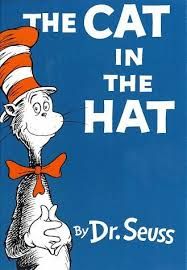
The Cat in the Hat by Dr. Seuss (1957)
Theodore Geisel wrote this book to be a reading primer for kids that was more effective and entertaining than the traditional Dick and Jane early readers. He had to only use words from a prescribed list, which led to this creative rhyming text. In the story, a cat wearing a hat arrives to create chaos in the home of a boy and girl whose mother is away. He brings Thing One and Thing Two and begins to tear apart the house, as the children (and their pet fish) watch in horror. The book was an immediate success and changed the way reading was taught in the United States. Geisel once said, “It is the book I’m proudest of because it had something to do with the death of the Dick and Jane primers.” Throughout his life, he created over 60 picture books that sold over 600 million copies. And he remains a beloved best-selling picture book author today. However, he has also been called out for creating harmful racial illustrations in six of his books.
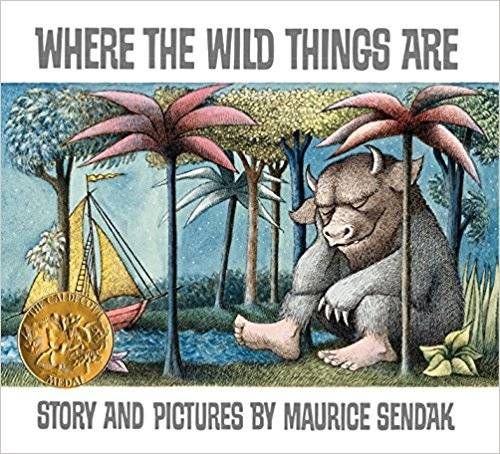
Where the Wild Things Are by Maurice Sendak (1963)
Sendak’s story about a boy named Max in a wolf suit was not universally beloved when it first came out. In fact, many schools and libraries banned the book, even though it was a Caldecott Award winner. The story explores the emotion of anger, metaphorically, and many considered it too dark for children. When Max is sent to his room for misbehaving, his room transforms into a jungle and he sails to an island full of monsters called the Wild Things. The monsters try to scare Max, but he remains unafraid and is made their king. But when he gets lonely, he decides to return home. It took Sendak four years to convince his publishers to release this picture book. But once they did, despite some criticism, it became an instant classic that remains incredibly popular today.
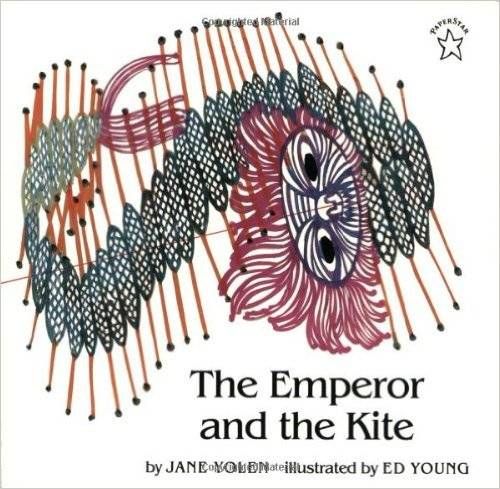
The Emperor and the Kite by Jane Yolen, illustrated by Ed Young (1967)
The late 1960s and early 1970s brought a huge interest in what publishers called “multicultural” picture books. However many of these stories were created by white authors and included made up stories and negative stereotypes. This retelling of a Chinese folk tale was an early work for Chinese American illustrator Ed Young. It includes one of the first times a modern picture book uses a traditional Chinese paper cutting technique for the illustrations.
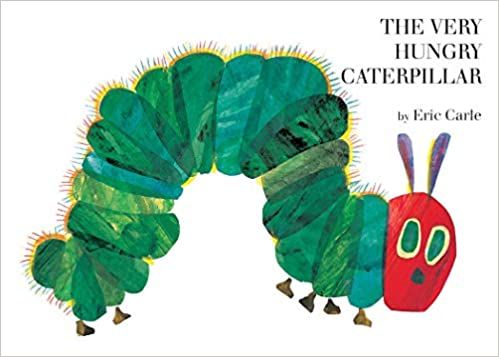
The Very Hungry Caterpillar by Eric Carle (1969)
Eric Carle’s third book follows a simple story. Through colorful collage illustrations, readers meet a caterpillar who eats many different foods before entering a chrysalis and emerging as a butterfly. The story is easy for kids to memorize and also teaches many different early concepts like counting and days of the week (along with the science of a lifecycle of a butterfly). Carle helped create over 70 books, but this one has sold over 50 million copies and remains one of the most beloved picture books over 50 years after its initial publication.

Topsy-Turvies: Pictures to Stretch the Imagination by Mitsumasa Anno (1970)
The Japanese author and illustrator became known to an American audience through this 1970 book of little elves living in a world of optical illusions. There are no words in the story, just intricate illustrations that children can spend hours looking at and trying to figure out. But even without words, Anno’s books use simplicity to teach basic concepts to children. This book is humorous and entertaining to look at, but it’s also engaging with concepts like direction, spacial awareness, and gravity.
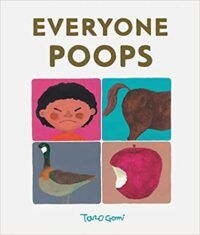
Everyone Poops by Tarō Gomi (1977)
The title kind of says it all for this one. Published in Japan in 1977, the book was translated into English by Amanda Mayer Stinchecum and published in the United States in the early 1990s. Part science book, part gross out humor story, Everyone Poops became a big bestseller. With no real plot, the book explains how all animals poop, including humans at all stages of life. Along with making children feel more comfortable with their bodies, this book succeeded because it makes both adults and children laugh.
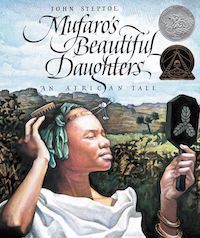
Mufaro’s Beautiful Daughters: An African Tale by John Steptoe (1987)
John Steptoe made huge waves in the American picture book publishing world with his first book, Stevie and Me in 1969. It was read on Sesame Street and published in full in Life Magazine, who called it “a new kind of book for black children.” But it was the 1987 retelling of an African folk tale that Steptoe was most celebrated for. Steptoe hoped the story of two sisters on a journey to marry a shapeshifter king would help African American children become interested and proud of their heritage. Along with being a Caldecott Honor Book and winning a Coretta Scott King Award, the book became a true classic and prompted many schools to develop more diverse lesson plans and classroom libraries.
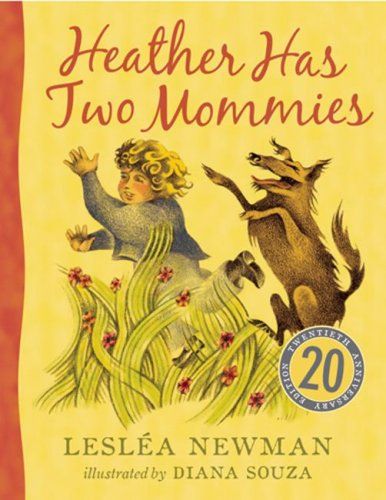
Heather Has Two Mommies by Lesléa Newman, illustrated by Diana Souza (1989)
The first picture book with LGBTQ+ representation was When Megan Went Away by Jane Severance and Tea Schook, published in 1979. But Heather Has Two Mommies was the first to gain mainstream attention. The story describes a little girl named Heather being raised by two lesbian women. Heather feels sad when she notices all the other children in her playgroup have a father. But after being reassured that families can look different, she feels grateful for having two mothers. A huge conservative backlash led to this story becoming one of the most banned books of the 1990s. And there have been critiques from within the queer community about the book presenting a sanitized portrayal of a same sex couple. But this book is also celebrated for providing needed representation to queer families and opening the door for more LGBTQ+ picture books.
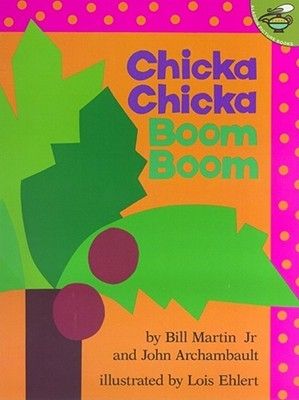
Chicka Chicka Boom Boom by Bill Martin Jr. and John Archambault, illustrated by Lois Ehlert (1989)
This rhyming book anthropomorphizes the letters of the alphabet. First, all the lowercase letters of the alphabet climb a coconut tree causing the tree to lean until they all fall out. Next, the uppercase letters come to help them. It’s a way of practicing the alphabet with rhythm and humor. There is a refrain of the nonsense words “Chicka Chicka Boom Boom” throughout, making the book feel more like a song. In fact, John Archambault released an album of music in 1992 based on the book called “Chicka Chicka Boom Boom and Other Coconutty Songs.”
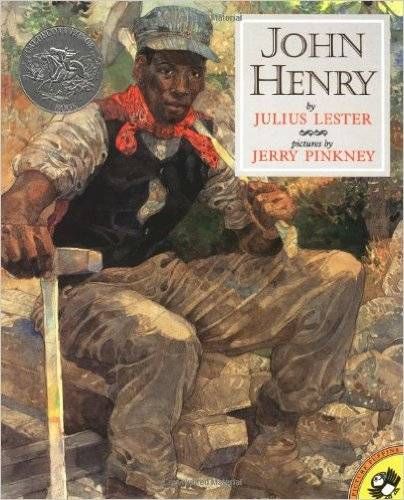
John Henry by Julius Lester, illustrated by Jerry Pinkney (1994)
Julius Lester and Jerry Pinkney are both prolific children’s book creators who worked hard to make stories where Black characters were represented. In this collaboration, they reclaimed the American legend about a freedman who raced against a steam-powered drill with only his hammer. As with many of their projects, they told stories about Black Americans and Africans that had previously only been published by white authors. John Henry became a Caldecott Honor Book, a Horn Picture Book Award winner, and was adapted into a short film narrated by Samuel L. Jackson.
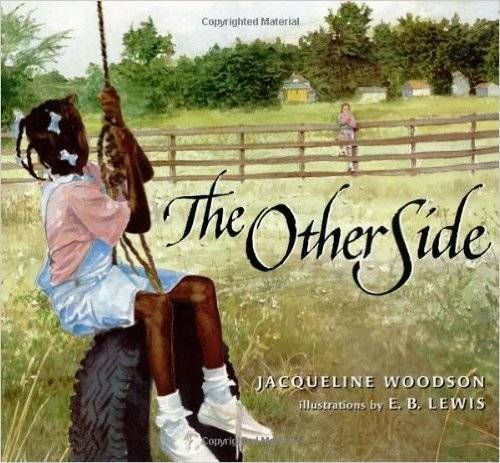
The Other Side by Jacqueline Woodson, illustrated by E.B. Lewis (2001)
This beautifully-illustrated picture book tackles themes of racism directly and in a child appropriate way. In the book, a Black girl named Clover has been instructed never to cross the fence that segregates her town. One day she notices a lonely white girl sitting on the other side of the fence. Since neither of them is allowed to cross the fence, they sit on top of the fence together and become friends. The simplicity of the story works both physically and metaphorically.
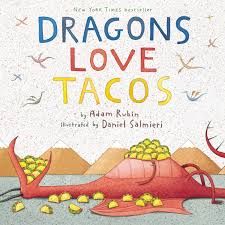
Dragons Love Tacos by Adam Rubin, illustrated by Daniel Salmieri (2012)
A boy wants to throw a party for dragons. They love tacos, so he makes sure to provide lots of those. But when he accidentally serves them some very spicy salsa, the party devolves into chaotic destruction. Along with being a long time number one bestseller, this book shows how picture books started being written with humor to delight both child and adult readers.
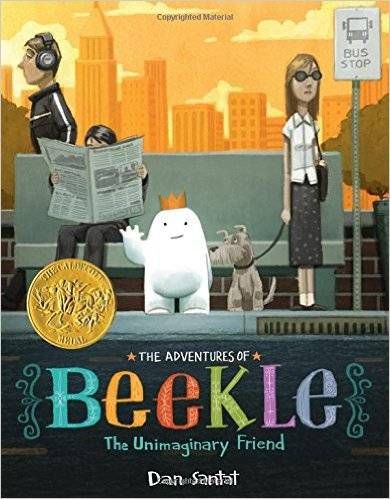
The Adventures of Beekle: The Unimaginary Friend by Dan Santat (2014)
Beekle is born on an island where imaginary friends live until they are chosen by a real child. But when no one chooses him, he travels to a city to find a friend himself. But the world off of his island is scarier than he imagined. In his darkest moment, Beekle finds his truest friend and is given his unique name. Along with being a Caldecott winner, this book marks an emphasis on social emotional learning, especially exploring feelings like sadness, loneliness, and fear.

We Are Water Protectors by Carole Lindstrom, illustrated by Michaela Goade (2020)
This book honors the many Indigenous-led environmental movements in North America. The lyrical text makes an argument for protecting the Earth’s water and other resources by telling the story an Ojibwe girl protesting against the building of an oil pipeline. The book received five-starred reviews from the major trade publications, and Goade became the first Indigenous winner of the Caldecott Medal.
Thank you for reading this list of influential picture books! If you want to stay in picture book land, peruse the 20 Must Read Picture Books of 2022.



